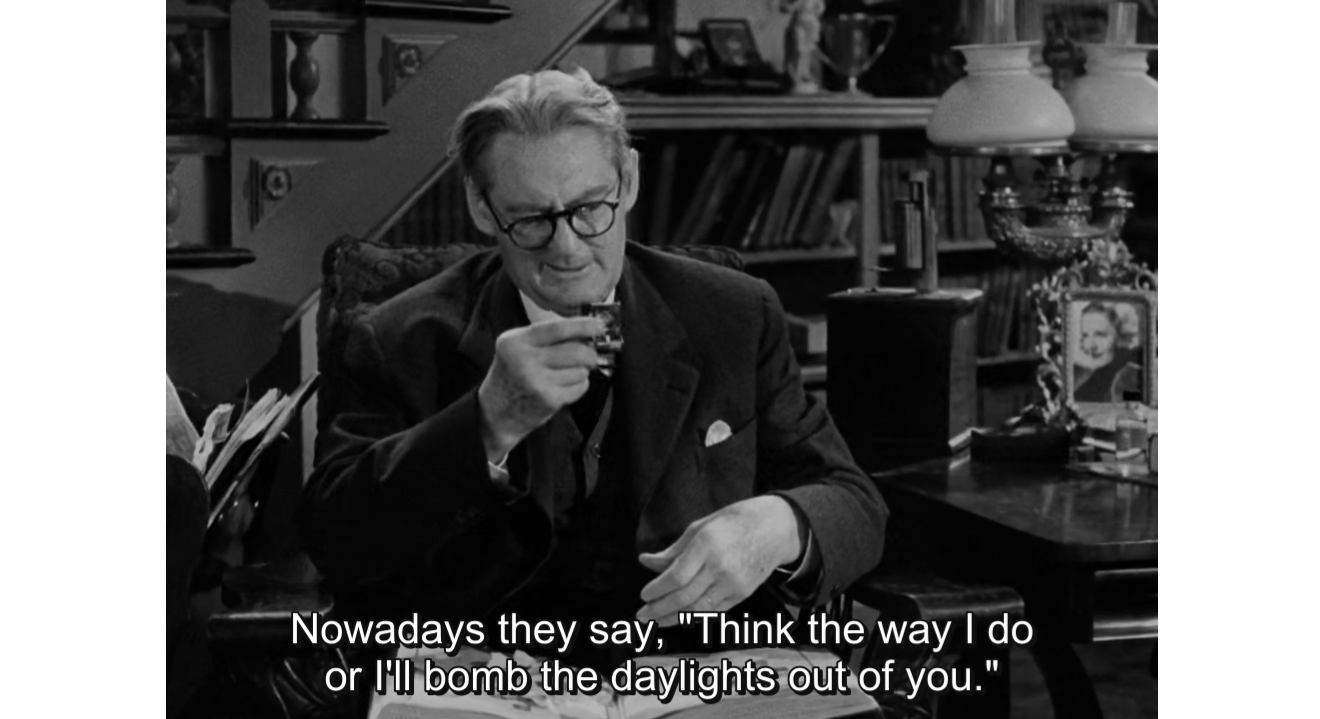
The Isle (Kim Ki-duk, 2000)
Korean Title: Seom
It was The Isle that elevated Kim Ki-duk to international acclaim. The Isle is Kim's fifth entry to a filmography that consists primarily of films which may be bluntly be considered misogynist and cruel. The Isle tops almost everything that Kim showed in previous efforts such as Bad Guy (2001) and Birdcage Inn (1998), with an almost silent-tale of a weird romantic interlude between a mute proprietress (Jung Suh) of a fishing resort and one of the guests, a criminal (Kim Yoo-suk) being hunted down by the police.
Perhaps more shocking than the entire pic are the individual images and scenes that made the film achieve its art cult status. There's an array of scenes that seems to gratuitously show cruelty to animals: a fish is caught and its fleshed made into fresh sashimi and then thrown back to the lake as it swims its bloody body to safety, several fishes are mashed and haphazardly chopped to death, a frog is caught and brutally skinned and fed to a bird, the same bird is then drowned, a dog is beaten without any reason.
However, more shocking are the individual scenes that concern the actions of the two main characters. In an effort to evade police patrolmen searching the floating houses for escaped criminals, the guest swallows four fishing hooks and hides inside a hole which serves as the house's lavatory. The same way, in an effort to call the attention of the guest who suddenly left the floating house one morning, the proprietress inserts fishing hooks inside her vagina. The scenes are shocking and instantly calls for attention and interpretation. Kim's shock cinema isn't clearly meant for gratuitous entertainment nor plot movement, but for symbolism and deep interpretation.
As cryptic as the scenes of cruelty is the ending. The floating house drifts from the lake to what seems like a vast ocean. Then cuts the concluding image of the man entering a solitary isle of lake grass and disappears therein. Kim zooms out the image, revealing the naked body of the proprietress and the same grassy isle in the place where the vagina (or more accurately, the pubic area) should be. It's an excruciatingly open-ended conclusion that is pregnant with many interpretations. Is Kim trying to wash away his misogynistic artistry by telling his audience that men are the weaker sex and that they merely hide their weakness using the female body? More far-fetched but more interesting is the idea that the final scene shows an exact opposite of a woman giving birth --- with the male entering the uterus, it's a skewed imagery of motherhood but the setting (the proprietress, naked and submerged in water) suggests the validity of the theory.
In the end, The Isle is indeed a compelling yet misguided romance. The boy and the girl spend more time away from each other, using the glare of the sunlight being thrown by a mirror to communicate. Kim's direction suggests an outward alienation. The proprietress is mostly seen from outside a glass window, or when she is interacting with other human beings, she is mostly mute, and blank faced. Even when she's paid for sex, it's automatic and slightly cruel. More interesting is the fact that when the two find themselves together, it usually erupts in violence.
It's an unsettling relationship that developed from an understanding that the two or more different than they are similar. Both of them are manipulative but they jive because there is an understanding that their relationship requires that they both use each other, for sex, for survival, for escape. Kim suggests that within that lake resort where men seek solitude or an escape from the world, the most basic and most accurate of sexual politics between the man and the woman can be derived, as emphasized by the imperfect and mutated relationship between the proprietress and the man who is hiding from his past.







































No comments:
Post a Comment